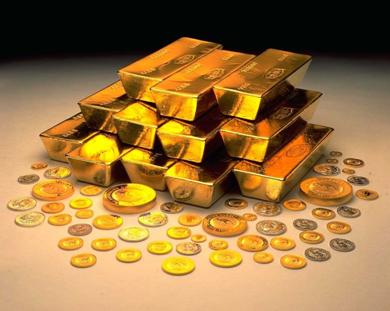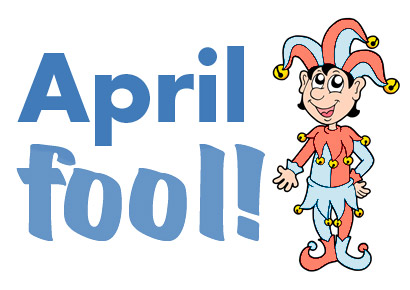Vivek Kaul
In the press conference that followed yesterday’s monetary policy, Raghuram Rajan, the governor of the Reserve Bank of India(RBI), said: “Banks are sitting on money and their marginal cost of funding (has) fallen, the notion that it hasn’t fallen is nonsense, it has fallen.”
What Rajan meant here was that banks are able to raise deposits at a much lower interest rate than they had in the past. Given this, banks should be cutting the interest rates they charge on their loans.
Banks have been saying for a while that they can’t cut their lending rates because interest rates they pay on their deposits and other forms of borrowing continue to remain high. Rajan essentially said that this argument was basically “nonsense”.
Banks got the message immediately and by the end of the day three big banks, State Bank of India (SBI), HDFC Bank, and ICICI Bank, cut their base rates or the minimum rate of interest they charge to their customers.
Both SBI and HDFC Bank cut their base rate by 15 basis points (one basis point is one hundredth of a percentage) to 9.85%. ICICI Bank was a little more aggressive and cut its base rate by 25 basis points to 9.75%.
These base rate cuts have got the media very excited. Here are some of the headlines. The Times of India says: “Top 3 Banks cut lending rates after Rajan push”. The Economic Times reports: “RBI doesn’t cut rates but forces others to do so”. The normally sedate Business Standard says: “Banks bow to RBI pressure”.
The question is will these base rate cuts really make any difference? Theoretically people are supposed to borrow more at lower interest rates. But is that really the case? Let’s run some numbers here.
For males, SBI offers a car loan at 45 basis points above its base rate. Hence, when the base rate is 10%, the car loan is available at 10.45%. When the base rate is at 9.85%, the car loan will be available at 10.30%. (For females the car loan is available at 40 basis points above the base rate).
Let’s consider a male who takes a car loan of Rs 3 lakh repayable over a period of 5 years.
The EMI at 10.45% would work out to Rs 6,440.74. The EMI at 10.3% works out to Rs 6,418.49 or Rs 22.25 lower.
So, is someone going to buy a car just because his EMI is lower by Rs 22? None of the newspapers which have run extremely detailed stories around the base rate cuts, have bothered to ask this basic question.
What about home loans? Home loans have a much larger ticket size than car loans, so shouldn’t the difference in EMIs there be huge? Let’s see.
Data from the National Housing Bank shows that the average home loan size in India in 2013-2014 stood at Rs 18-19 lakh. Let’s round it off to Rs 20 lakh, given that we are now in 2015-2016. For males, SBI offers a home loan at 15 basis points above its base rate (for females the home loan is available at 10 basis points above the base rate).
When the base rate was at 10%, the interest charged on a home loan to a male would be 10.15%. At a base rate of 9.85%, the interest rate charged on a home loan to a male would be 10%. Let’s consider a male who takes a home loan of Rs 20 lakh, repayable over a period of 20 years.
At 10.15% his EMI works out to Rs 19,499.62. At 10%, it is Rs 19,300.43 or Rs 199.18, lower. So is an individual going to buy a home because his EMI is will now be lower by Rs 199?
What if the loan size were bigger. Let’s say around Rs 60 lakh. How do things look then? In this case the EMI difference comes to around Rs 597.55. So, someone who can afford a home loan of Rs 60 lakh is definitely not going to be impacted by such a low amount. As I have often said in the past, in case of real estate, interest rates and EMIs are really not the problem. The problem is simply the price of homes. They have gone way beyond what most people can afford. And unless there is a correction there, no amount of rate cuts by banks is going to revive buying. This is a simple fact that everyone who makes a living through the real estate industry needs to realize.
What these calculations also tell us is that the impact interest rates have on consumption is terribly overrated. The media spends too much time analysing will the RBI cut the repo rate(I am guilty of the same). Then it spends even more time analysing whether banks will pass on the cut to their consumers. If banks do not pass on the cut it spends time on analysing why banks are not passing on the cut. It would do a whole lot of us more good if the ‘good’ journalists who cover banking start using the PMT function on MS Excel. (This function essentially helps calculate the EMI on a loan).
The issue is whether a minuscule base rate cut really makes a difference? And the answer as I have shown from the calculations above is, it does not. What makes a difference is basically how confident is the consumer feeling about the future. In India, we really do not measure this properly. The Consumer Confidence Survey carried out by the RBI “provides an assessment of the perception of respondents spread across six metropolitan cities viz., Bengaluru, Chennai, Hyderabad, Kolkata, Mumbai and New Delhi.” Given that it has limited use.
To conclude, it is best to quote something that the economist John Kenneth Galbraith wrote in The Affluent Society: “There is no magic in the monetary policy… It survives in esteem partly because so few understand it.” And that indeed will be the way how thing shall continue.
(Vivek Kaul is the author of the Easy Money trilogy. He tweets @kaul_vivek)




